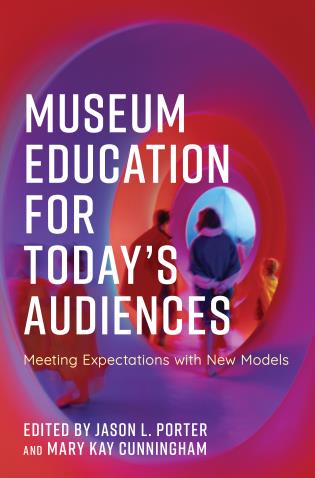
This paper is about a design-based research (DBR) study that focused on both iteratively developing and improving home-based, engineering design activities for families with preschool-age children and advancing theory about strategies that support engineering design engagement for children and adult family members.
Score:
TERC will be represented by Mia Ong, Michael Cassidy, Sabrina De Los Santos, and Anya Carbonell at the Eastern Sociological Society meeting in Boston this weekend.
Score:
This book and its accompanying on-line resource share lessons from innovators in the field to support ongoing professional development efforts with essays about current issues.
Score:
Join coaches and teachers from across the country in (paid) PD designed for middle school math coaches and the teachers they work with.
Score:

Mayor Michelle Wu has announced the appointment of Dr. Stephen Alkins to the Boston School Committee, to serve a 4-year term. The Boston School Committee is the governing body of Boston Public Schools.
“Dr. Alkins has dedicated his career to bringing about the systemic change that’s needed in this moment,” said Mayor Michelle Wu. “I’m excited for him to bring his vision and experience to the Boston School Committee. His commitment to inclusion and holistic understanding of education will benefit all BPS families, » Read more
Score:

This study explores how balance scales support K–2 students’ relational understanding of the equal sign in early algebra.
Score:
Report on a small-scale mixed-methods study of how COVID-19 affected three-dimensional science learning in elementary school classrooms, and how the situation changed when school resumed, in modified form, in fall 2020.
Score:

